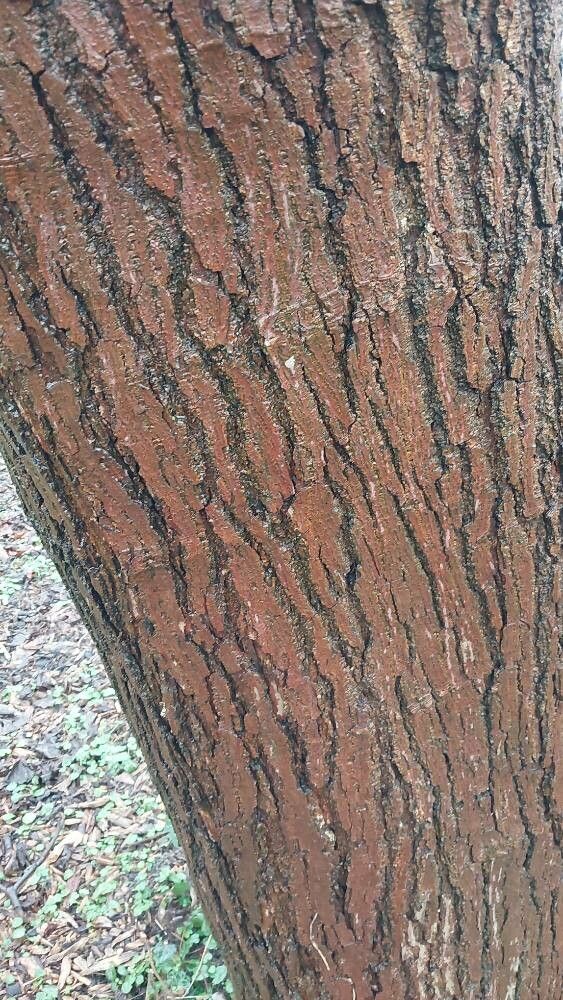Unveiling the Secrets: How to Propagate Morus Cathayana for a Bountiful Harvest
The Morus cathayana, or Chinese Mulberry, is a tree prized not just for its sweet, juicy berries but also for its ornamental value. If you’re looking to add this magnificent specimen to your garden, understanding its propagation is key to success. While it might seem daunting at first, propagating Morus cathayana is achievable for gardeners of all levels with a little patience and the right techniques.
Methods for Multiplying Your Mulberry Magic
Morus cathayana can be propagated in a few different ways, each with its own advantages:
1. Seeds: A Journey from Tiny Specks to Towering Trees
- The Pros: Propagating from seed is a cost-effective method, especially if you have access to fresh, ripe mulberries.
- The Cons: Seed propagation can be unpredictable. Seedlings might not inherit the desired traits of the parent plant and may take longer to bear fruit.
- How-to:
- Collect ripe mulberries and extract the seeds.
- Clean and dry the seeds thoroughly.
- Sow in a well-draining seed starting mix, lightly covering them.
- Keep the soil moist and provide warmth.
- Germination can take several weeks.
2. Cuttings: Cloning Your Way to Success
- The Pros: Cuttings provide a genetically identical replica of the parent plant, ensuring desirable traits and potentially faster fruiting.
- The Cons: Requires more specific timing and care compared to other methods.
- How-to:
- During the dormant season (late fall or early spring), take hardwood cuttings from healthy branches, about 6-8 inches long.
- Remove leaves from the lower half of the cutting.
- Dip the cut end in rooting hormone to encourage root development.
- Plant in a pot with a well-draining rooting mix.
- Keep the environment humid and warm.
- Rooting can take several weeks to months.
3. Air Layering: Encouraging Roots in Mid-Air
- The Pros: A relatively high success rate, especially for difficult-to-root plants.
- The Cons: Can be more complex and time-consuming than other methods.
- How-to:
- In spring, select a healthy branch.
- Make a shallow upward cut or remove a ring of bark, about an inch wide, below a node.
- Apply rooting hormone to the wounded area.
- Surround the wound with moist sphagnum moss and wrap it in plastic wrap to create a sealed environment.
- Once roots develop within the moss, sever the branch below the rooting point and plant.
Nurturing Your Newly Propagated Morus Cathayana
Regardless of your chosen propagation method, provide your young mulberry plants with the following care:
- Sunlight: Plant in a location with full sun to partial shade.
- Soil: Ensure well-drained soil with a slightly acidic to neutral pH.
- Water: Keep the soil consistently moist but avoid waterlogging.
- Fertilizer: Feed with a balanced fertilizer during the growing season.
- Pruning: Regularly prune to shape the tree and promote air circulation.
Reaping the Rewards of Your Labor
With proper care and attention, your propagated Morus cathayana will thrive and eventually reward you with its delightful berries. Enjoy the fruits of your labor and the satisfaction of successfully propagating this remarkable tree!

